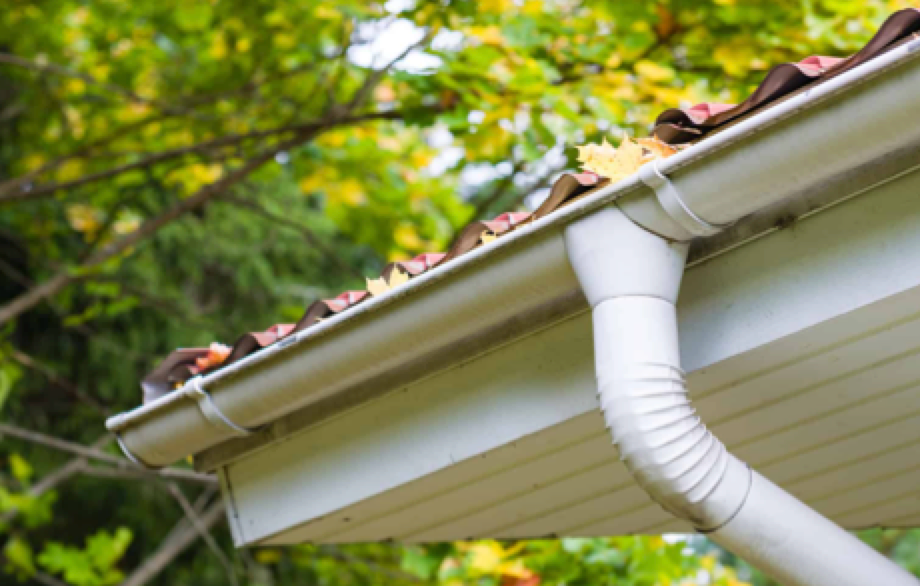Gutters can be a complicated part of your house full of angles, measurements, rainfall knowledge, and potentially small animals, so it’s important to learn about most common facts and know about that more.
1. Two inches of rain in a day can send over 1,000 gallons of water down from your rooftops into your gutters. Most household bathtubs hold around 42 gallons – that’s a lot of water during a major rainstorm, and that’s just one house!
- Water can be damaging to appliances and many other things in your basement. One suggestion is to ensure you have the right sized gutters from your home. Gutters surely help in general, but incorrectly sized gutters can lead to additional moisture that runs right into your foundation and leaks through the walls.
- Most standard homeowner insurance policies don’t cover the cost of flood damage. When water enters through the walls of the house or underground due to conditions that already existed like poor gutters, the insurance company is not likely to cover your claim.
4. Downspouts come in three different types: K-Style, Round, and Rectangular. While round and rectangular are self-described, K-Style means that the gutter is not symmetrical and one half has a letter K shaped side meant to avoid being damaged by falling leaves and potentially allow a larger volume of water through. The style of the gutter downspout parts are more visually appealing though. More importantly, gutter downspout sizesneed to be right to carry all the flowing water away and avoid the water backups that could result in flooding or spilling.
5. Many homeowners think that only one or two downspouts are necessary. In reality, they need one every 20 to 25 feet of roof line with more potentially necessary depending on your amount of local rainfall and the roof size. Storm Master can help you learn how much rainfall your areas gets on average and design a system with enough downspouts to let the rain flow down, without adding too many and extra cost.
6. Gutters can eventually fall apart, especially without proper maintenance. Gutters have holes for their roof fasteners and these can eventually become weakened by excess weight, especially from a build up of debris or just time. Water most often comes through the holes initially placed to hold the gutters. Other causes of damage include separation caused by age or excessive debris, and fallen sharp branches in addition to accidentally stabbing the gutter while cleaning too hard.
7. Downspouts have several parts that can be customized. The purpose of downspouts is to direct water away from places where you intend to walk and away from your home. Gutter downspout parts include a splash guard which reduces the speed at which water leaves the downspout to prevent erosion. A gutter extension can also be added at various lengths to let water flow further away from the home and to the right spot.
8. Your gutters can catch a large variety of things and more than a few things can simply crawl into your gutter. Your gutters could have mice, squirrels, chipmunks and quite a few insects in addition to decomposing leaves and bark, so it’s important to check and clean regularly.

